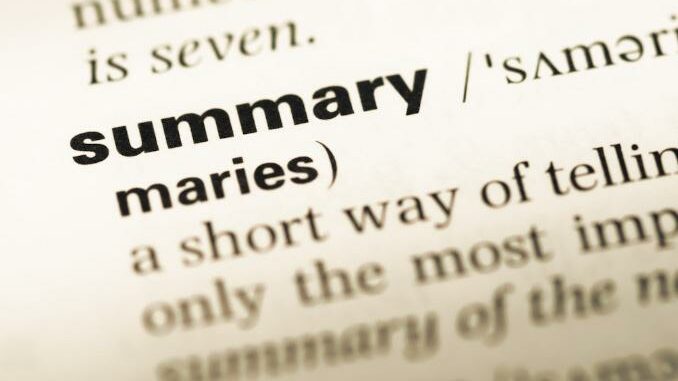
By John Titus
The “novel” coronavirus pandemic marks the greatest turning point in U.S. monetary history since the creation of the Federal Reserve in 1913. In large measure, the “novel” coronavirus pandemic narrative serves as a convenient cover story that distracts from and even masks the Federal Reserve’s unprecedented maneuvers in 2020—maneuvers that happen to have been planned and discussed in August 2019 some four months prior to the first mention of any “novel” virus in Wuhan, China.
What marks the Fed’s maneuvers in March 2020 as unprecedented really is not its sudden creation of $3.5 trillion in reserves; that amount, $3.5 trillion in a few weeks, was unprecedented to be sure, but that’s merely a matter of degree: the Fed created over $1 trillion in the space of a few short weeks back in September 2008 during the global financial crisis (GFC). In that light, and purely in terms of reserves, the Fed’s sudden creation of $3.5 trillion beginning in March 2020 wasn’t novel at all; it was merely bigger than what it had done starting in 2008.
